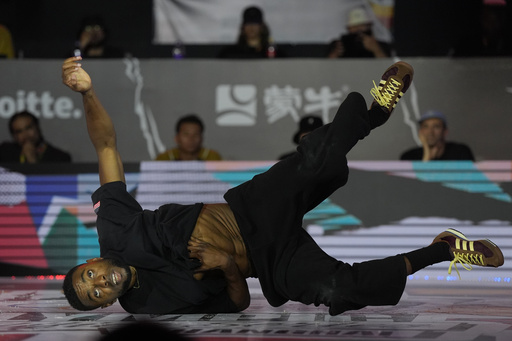Breakdancing, known as breaking, is a new sport making its debut at the Olympic level, requiring new rules and judging criteria. Although breaking has roots in hip-hop culture and has been part of international competitions for years, its addition to the Olympics has sparked skepticism among some viewers tuning in for the Paris Games’ final days.
Renowned breaker Ronnie Abaldonado, also known as b-boy Ronnie, believes that critics misunderstand breaking as being stuck in the past, highlighting the evolution, spectacle, talent, and difficulty of the sport. Breaking is judged qualitatively using the Trivium system, focusing on technique, vocabulary, execution, musicality, and originality to score breakers in Olympic competitions.
Judges evaluate breakers on various aspects, including power moves like head spins and freezes, technical footwork, synchronization with music, and the ability to improvise and showcase originality during performances. Breakers adapt to music selected by the DJ on the spot, emphasizing the need for spontaneity and creativity in their routines to avoid looking rehearsed or robotic.
Breaking pioneer Tony “Mr. Wave” Wesley, who rose to fame with the New York City Breakers, is excited to see the sport gain recognition on a global stage. He is creating a virtual lesson plan to educate newer generations on breaking’s elements and terminology, aiming to preserve the legacy of the sport and pass on institutional knowledge.
Breaking judges assess breakers based on their technique, vocabulary, execution, musicality, and originality, focusing on aspects such as control, creativity, consistency, flow, rhythm, and improvisation during performances at the Olympic level. The inclusion of breaking in the Olympics represents a milestone for the sport, attracting attention and sparking interest among viewers worldwide.


